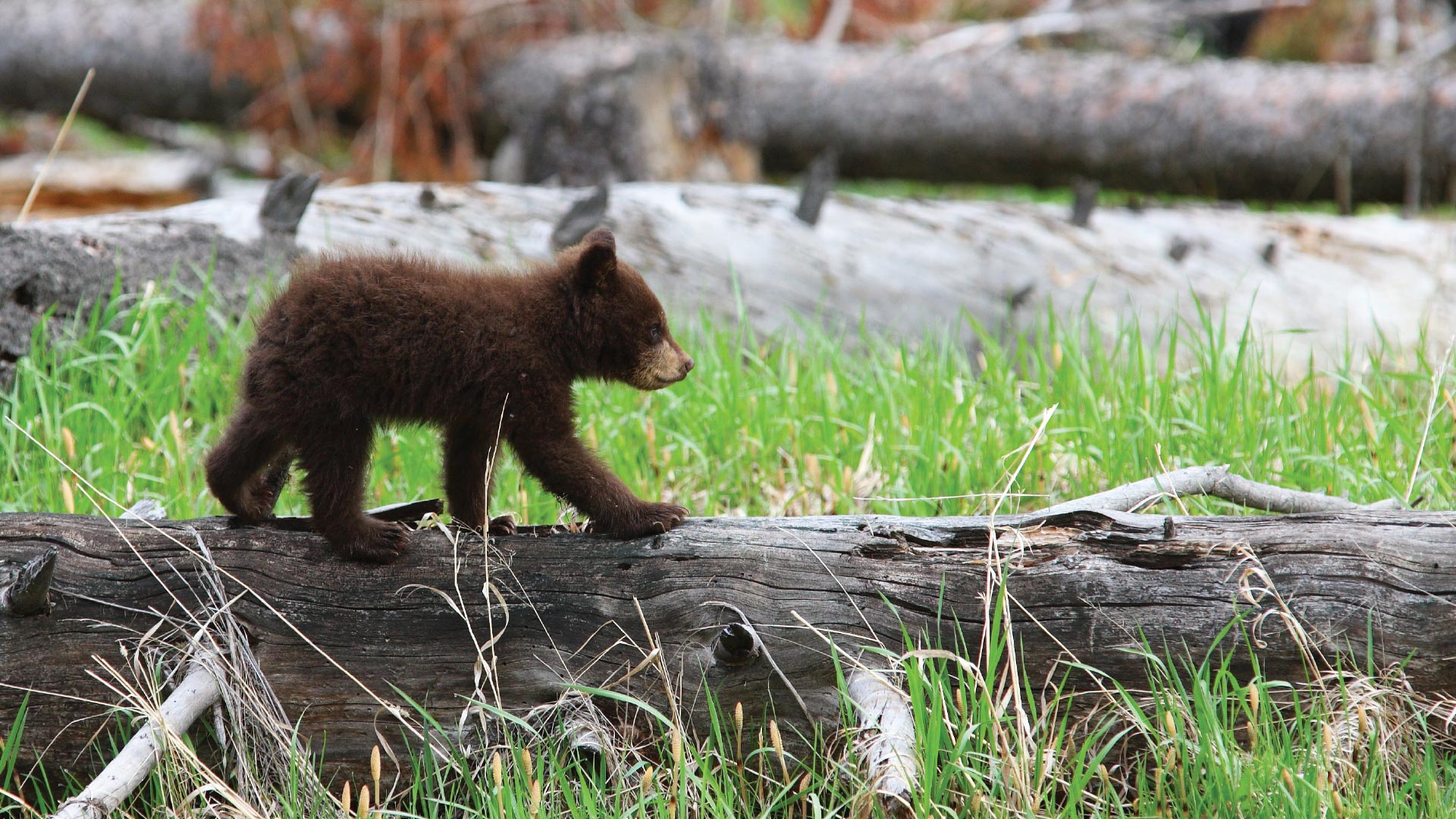Appalachian Bear Rescue has helped hundreds of orphaned cubs return to the wild
An orphaned bear cub from Kentucky—rescued by wildlife officials—recently joined Appalachian Bear Rescue, where she will recover until she’s ready to join the wild again. She is one of over 250 bears that the center has rescued.
Dana Dodd, president of the bear rehabilitation center, said each bear gets a visit to the University of Tennessee College of Veterinary Medicine before settling into his or her new habitat.
The other two cubs in the center’s care include one that’s more than 20 pounds underweight, and another that was hit by a car.
Although each cub has a dedicated team of professionals rooting for their recovery, the three orphans will never know the people who help them.
“We provide good care with as little human contact as possible so that they don’t get used to humans and can get back to the wild,” she said.
The cub that was hit by a car had five broken ribs and a chipped humerus, so it needed to stay still as much as possible, Dodd said. The facility has adjustable ceilings in the cubs’ enclosures specifically to keep bears from climbing. That specific cub has a lowered ceiling so it can’t stand up on its hind legs.
If the center receives a cub early in the year, it has to be bottle fed, but at 10 weeks of age, the bear must start lapping from a bowl.
“They may not want to [self feed], but they have to,” Dodd said.
And when they’re bottle fed, the staff doesn’t cuddle the cubs.
Once the bears are healthy enough to live in the center’s bigger, grassy enclosures, their contact with humans is almost non-existent.
“They [the staffers] throw food over those enclosures so [the bears] forage on the ground, so they don’t see them feeding,” Dodd said.
She said they rely on a 21-camera system to monitor the bears as they go about their daily lives.
“Throughout the summer, when it’s really hot, most bears spend all day in the trees,” she said. “In the evening they come down to forage.”
There are also pools of water for the bears to play and cool off in and drink from.
“We keep things as natural as we can,” Dodd said.
Come August, she said the bears leave the trees to start “chubbifying.”
“Their bodies know that they have to start eating a lot to get ready for a winter in a den,” she said. “About 85 percent of their diet is vegetation in nature—berries, nuts, acorns, hickory, pecans…the other 15 percent in their diet is meat.”
A bear’s meat source tends to be hornet, bee, or ant larvae, which is high in protein, she said.
Wildlife officials are trained to care for an entire population of black bears, not just one individual cub. That’s why officials are often skeptical of what Appalachian Bear Rescue does, Dodd said.
“It’s unusual to have something like ABR because the animals in our care are being managed as individuals,” she said. “When we release them into the wild, they’re just part of the wild again…they’re not individuals anymore.”
But thanks to social media, there’s been a push to save individual cubs in distress—no one wants to see a baby bear put down in a video.
“Before Appalachian Bear Rescue existed in Tennessee, about the only thing you could do is to euthanize [sick or hurt bears],” Dodd said. “And now we’ve taken bears from eight different states and the National Park Service for a temporary time.”
Coy Blair, the rehab center’s lead curator, did a GPS collar study of 42 former bear residents released between 2015 and 2017, Dodd said.
His finding showed that the survival rate one year after release for bears is 88.5 percent, which means bears can thrive in the wild after individual care.
“The survival rate is really high,” says Dodd, “which suggests that what we’re doing seems to be working.”








